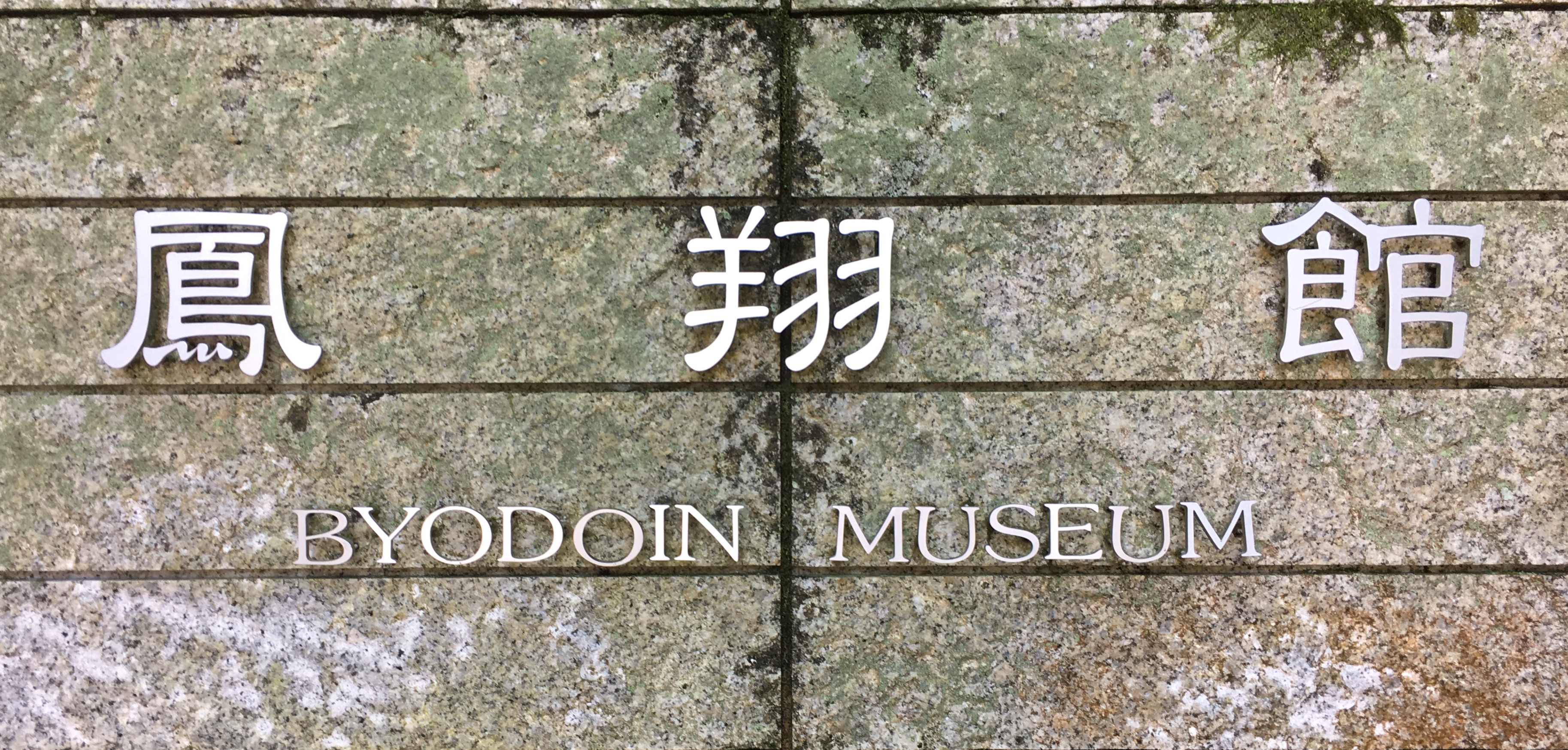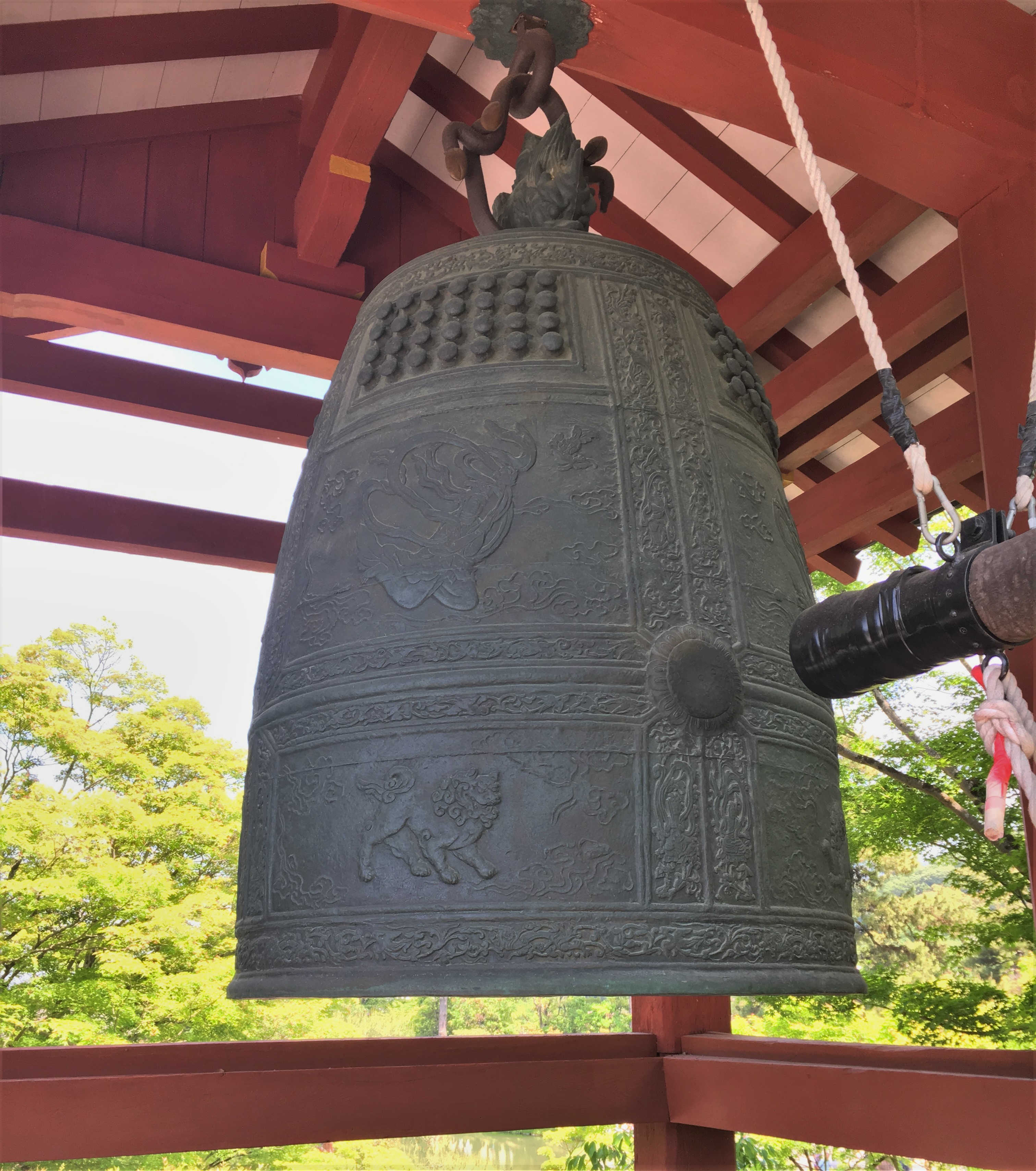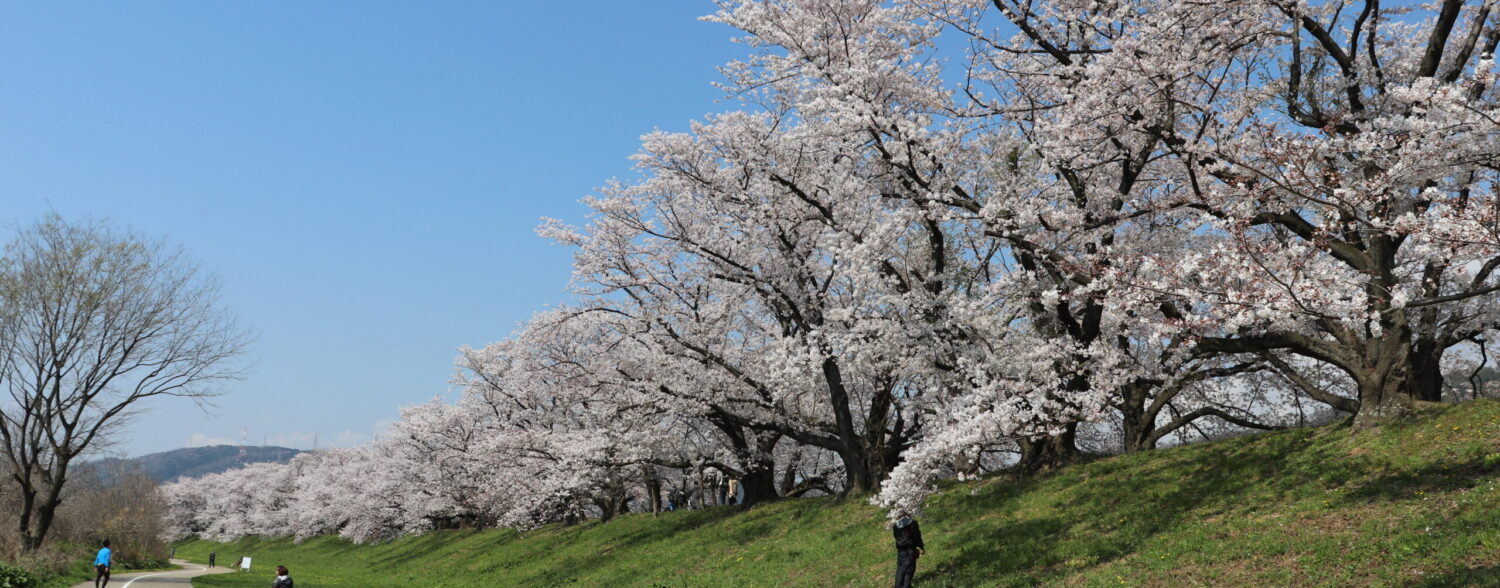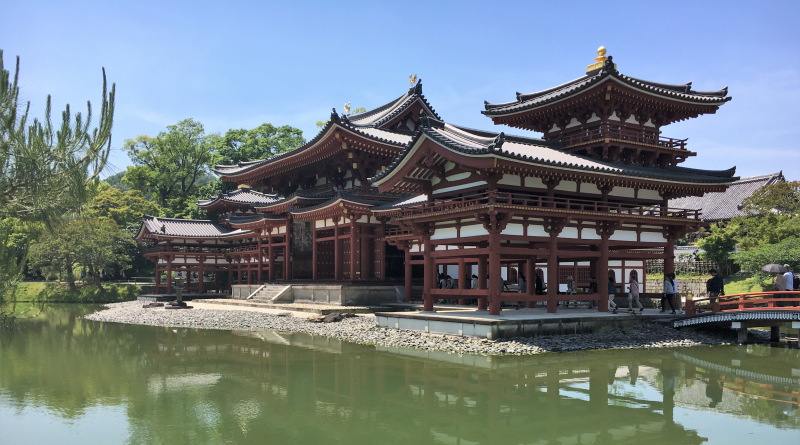Byodoin Temple and Japan’s Iconic Phoenix Hall!
Byodoin Temple in Uji is one of the most popular buildings in Japan. Though Byodoin is a relatively small temple, it has managed to gain so much popularity that it is on the back of 10 yen coin and the phoenix of Byodoin Temple is on the back of the 10,000 yen bill. Without a doubt, Byodoin Temple is one of the must-visits spot in Japan.
The History of Byodoin Temple
Long ago, Byodoin Temple was a villa belonging to Minamoto no Toru, the alleged model for Lady Murasaki’s hero Hikaru Genji, of The Tale of Genji.

Later, the villa changed hands several times over the years before Fujiwa no Michinaga, the wealthiest aristocrat of the Heian Period, finally acquired the property in 998. Michinaga died in 1027, right at the start of Mappo [末法], or the Age of Degradation. In short, Mappo is a faithless time where people have lost sight of Buddha, his teachings, and no longer practice Buddhism correctly. It is basically the Buddhist version of the Apocalypse.
After Michinaga’s death, his son, Fujiwara no Yorimichi, converted the villa into the temple we now call the Byodoin. Yorimichi built the temple in order to recreate heaven i.e Gokuraku Jodo. Because it resembled heaven, many people flocked to see the temple, which for them became a beacon of hope.

However, in 1336, Kusunoki Masashige and Ashikaga Takauji had a battle in Uji and many parts of the temple burnt down except for the Hooudo, the Byodoin’s main building. Later, the Onin War of the 15th century destroyed many temples built by Heian Period aristocrats. This makes Byodoin Temple a rare and precious example of what aristocratic temples of the Heian Period, looked like.
Mappo
Let’s talk a little more about “Mappo”, since it is a very important concept to understanding the Byodoin, as well as Japanese Buddhism.
The first 1,000 years after the death of Buddha is Seiho. During this time, the teachings of Buddha are generally understood and the Buddhist faith is wide-spread. As long as there are people to help one another understand and practice the teachings of Buddha correctly, they assumed that at least someone will reach Enlightenment. Another 1,000 years later is Zoho, when the practice of Buddhist begins to corrupt due to the life of Buddha being so far away. Sadly, because of this no one can obtain Enlightenment. Finally, after Zoho is Mappo, when there is only teachings of the Buddha remain, but they can no longer be understood or practiced correctly. This is a time of societal moral bankruptcy and people can no longer obtain Enlightenment, and ultimately not enter heaven i.e Gokuraku Jodo.
In Japan, Buddhists believe Mappo started in 1052. Coincidentally, a number of natural disasters and violent chaotic war broke out convincing many that end was in fact upon them. The aristocracy, who almost exclusively made up the Buddhist faith, were shaken to their core.
Around this time, Pure Land Buddhist teachings gained tremendous popularity. These teachings emphasizes putting faith in the power of Amida Noyorai, who attained the status of Nyorai by helping ordinary people. All one needs to do, according to the Jodo sect is accept that they cannot go heaven by themselves and pray to Amida Nyorai, who will help bring them to heaven. For this reason, many aristocrats made statues of Amida Nyorai and enshrined them in their own homes.
Temple Grounds

To be honest, there are so many things on the temple grounds and we simply do not have enough time to cover them all! Here are the highlights of what you should definitely not miss when you visit the Byodin.
Hooudo [鳳凰堂]
Once you get in the main gate, you will see the Hooudo, the main building in the Byodo-in. Hooudo stands in the center of the pond called Aji-ike.

The Hooudo literally means Phoenix Hall and got this name because the entire building look like a phoenix with its wings spread. Inside the central building is an ancient statue of Amida Nyorai. However, buildings that make up the right and left wing of the Byodoin are purely decorative. In fact the ceilings of those buildings are so low it is impossible for anyone enter them.

On top of the roof are a pair of iconic golden phoenixes. It is these phoenixes are the same one that appear on the Japanese 10,000 yen bill. Cleary, such important pieces of Japanese culture shouldn’t be left out to weather the elements, so the ones on top of the roof today are replicas, while the originals are safely stowed away in the Byodoin Museum.
If you pay an additional 300 yen, you can join a special 20 minutes tour that takes you inside of the Hooudo. You can sign up for the tour in the reception desk near the Hooudo. This tour is very popular and gets crowded, especially on weekends. If you don’t want to wait, get to the reception desk no later than 9:15 because the first tour will start at 9:30.
Inside of Hooudo is especially gorgeous. The big statue of Amida Nyorai, was made by Jocho, one of the most famous Buddha statue carvers of the late Heian Period. On the walls around Amida Nyorai are 52 statues of Unchukuyo Bosatsu, playing various musical instruments. Upon one’s death, these bosatsu and Amida Nyorai appear to guide that person to Gokuraku Jodo.

Also on the wall, are nine different murals called Kyuhin Raigozu. These murals depict which gods welcome you to heaven when you pass away.
Byodoin Museum

The museum at Byodoin Temple, the Hoshokan, stores many of the Byodoin’s national treasures. The exhibits include a reproduction of the central room of Hooudo, part of the collection of Unchukuyo Bosatsu, the original pair of phoenix statues, as well as the temple’s original bell. The museum is covered in your admission fee free so be sure not to miss it.
Points of Interest
Bell
Byodoin Temple’s bell is the very same one from the original temple in 1106. Because of its beautiful appearance, it is one of the three most treasured bells out all of Japan’s temples. The current outside is a replica and original is in the museum.

Kannon-do
The Kannon-do is one of the older parts of the Byodin and dates back to the Kamakura Period. The main building of Byodoin Temple was originally here.

Uji’s Famous Tea
When it comes to Uji, it’s definitely all about the tea! Uji-cha (Uji tea) is one of the most famous tea in the Kansai region. Ever since 13th century Uji-cha has had a strong following for its gentle flavors. Along the road to the Byodoin, are tons of tea shops and tea houses where you can enjoy this great fragrant tea.

Byodoin Temple
| Address | Renge-116 Uji, Kyoto Prefecture,〒 611-0021 |
| Website | https://www.byodoin.or.jp/en/ |
| Hours of Operation | Garden and Temple Grounds Mon-Sun: 8:30-17:30Phoenix Hall 9:30-16:10*Closed for national holidays |
| Admission | General Admission: Adults: 600 yen Middle/High School Students: 400 yen Elementary School Students: 300 yenPhoenix Hall: 300 yen |
Getting to Byodoin Temple
Keihan:
At Yodoyabashi Station in Osaka City, take the Keihan Main Line bound for Demachiyanagi. Change trains at Chushojima for the Keihan Uji Line and ride the train to the end of the line. Uji is the last station of Uji Line. Easy right?
JR:
If you want to use JR, take the Kyoto Line to Kyoto and then change trains there for JR Nara Line. Uji is about 15 minutes away from Kyoto.
From Uji Station, it is about 10 minutes on foot to the Byodoin. The temple is located along the Sawarabi no Michi and Uji is a very popular tourist spot. Naturally, this means that there are many information boards and sign, so you won’t get lost.
*If you want to avoid the crowds, try to come as early in the morning as you can.


Leave a Reply